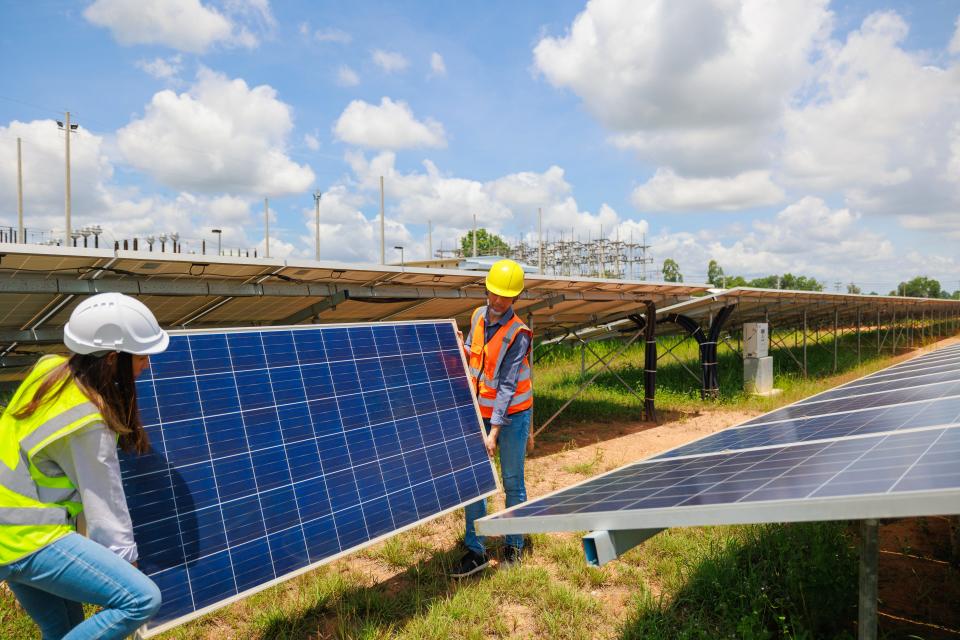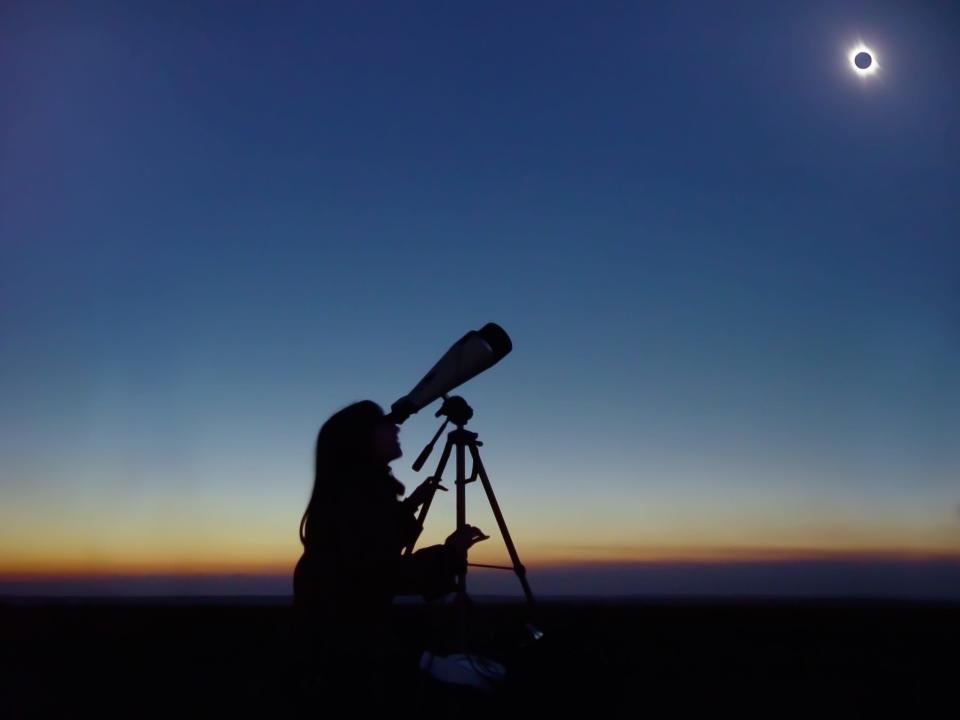-
The solar eclipse on April 8 will affect solar power generation.
-
In the US, the path of totality will run from Texas to Maine but other states will be affected.
-
The growth in solar power means the impact will be about three times greater than the 2017 eclipse.
On April 8, millions of people plan to put on a pair of eclipse glasses and watch as the moon crosses in front of the sun. Although the event will affect solar power generation, everyone’s lights should still be on when they go back inside.
In the United States, the path of totality – where the moon will appear to completely block the sun – will stretch from Texas to Maine. However, electricity providers in other states with plenty of solar energy also need to have power reserves ready, Barry Mather, an engineer with the National Renewable Energy Laboratory, told Business Insider.
“This eclipse will actually affect the solar generation on the entire North American continent, practically,” he said. As the moon shadows the sun, it will reduce the amount of sunlight that solar panels receive.
However, the fact that we can predict exactly where and when the eclipse will be means that utilities can plan around them to avoid blackouts.
“I fully expect that we are all prepared for this,” said Mather.
There is more solar power in the US than in 2017
There are many reasons why this year’s eclipse will be different from others in the past.
The 2017 total solar eclipse in the US had a completely different path than this year, moving from Oregon to South Carolina in the US. The country also began generating about three times as much solar power in the past seven years, Mather said.
“The market is growing very fast,” he said, “so the impact will be about three times as high as it was in 2017.”


However, Mather said battery energy storage during the last eclipse was minimal. “We don’t have a ton yet, but we have some,” he said.
To make up for the decline in solar power, utilities will have to turn to other sources.
There should be no blackouts
On any given day, utilities have already planned how much power they will generate and where it will come 10 days in advance, Mather said. Eclipse days are no different.
“One thing we’re doing here at NREL is really working with some of the entities that are most affected by the eclipse,” Mather said.
As the day draws to a close, weather forecasts may see slight changes to the plans. If it’s going to be cloudy, there won’t be as much impact on solar generation, for example.
One way utilities are preparing is to plan to carry more reserves, or additional generation that is online and ready to provide additional power when needed, Mather said.


“We actually saw this in the 2017 eclipse, specifically in California,” he said. The state has a lot of solar power.
“So when the power starts to drop because the sun starts to decline, the disruption to the grid in terms of frequency, voltage, all those kinds of metrics that we track as power system engineers,” he said .
The reserves tend to use less green energy sources, such as coal or natural gas.
California, Alaska, and other places outside the path of totality will be affected by the eclipse
There will be many eyes on the skies in Texas, where populous cities such as San Antonio, Austin, and Dallas are in the path of totality. It is also a state with a lot of solar power and its own grid.
“In Texas, our estimates are that we will release something like 14 gigawatts,” Mather said. Just 1 gigawatt is enough to power 100 million LED bulbs, according to the Office of Energy Efficiency & Renewable Energy.
The eclipse looks relatively quick to people, taking only a few minutes for the moon to pass over the sun. For solar panels, it’s different, Mather said. Less sunlight will shine on the panels for longer than three to five minutes.
“The sun begins to be occluded an hour or even more before the total eclipse occurs,” he said.


And weaker sunlight will affect California and other states with solar panels.
While it’s far from the path of totality, Mather said, “the generation in San Diego, for example, will still drop 50% or somewhere around there.”
“There is so much emphasis on that path of wholeness, which I have no doubt is a wonderful thing to experience as a person,” he said. “But from a power system perspective, it’s really a national impact that we’re going to see.”
Read the original article on Business Insider